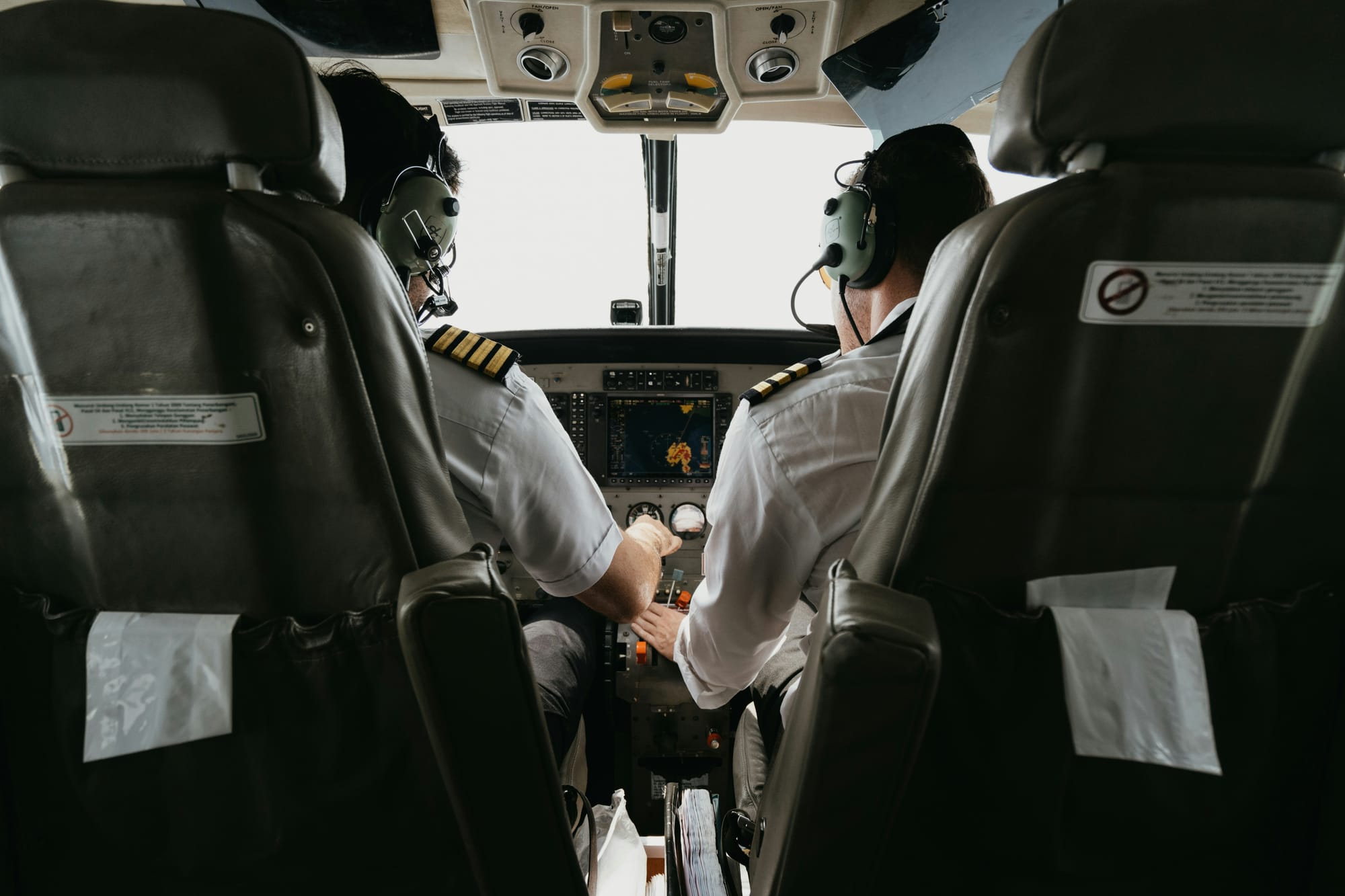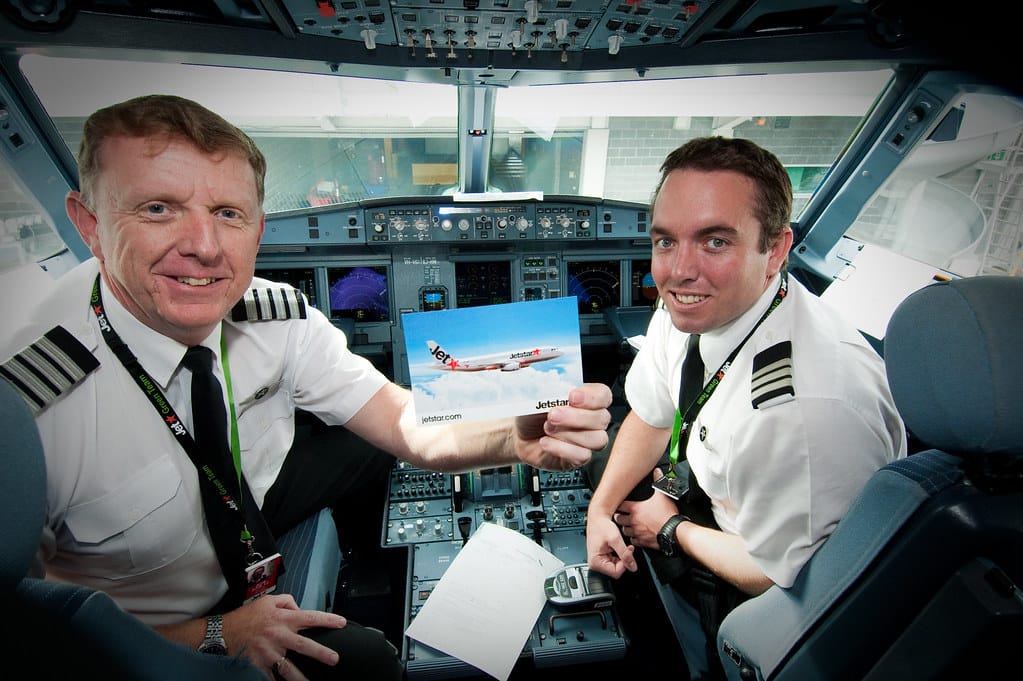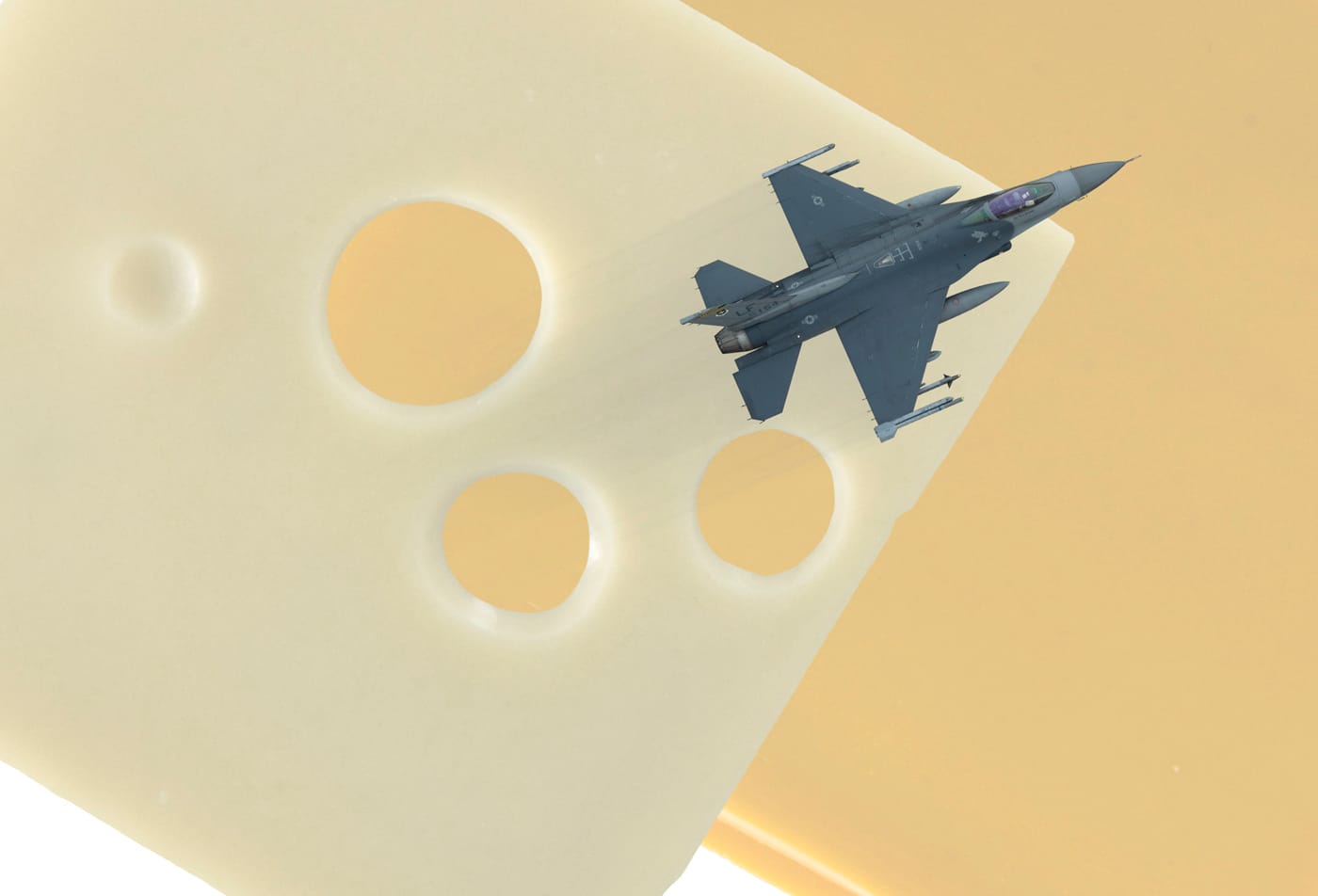Why There Should Always Be at Least Two Pilots in the Cockpit
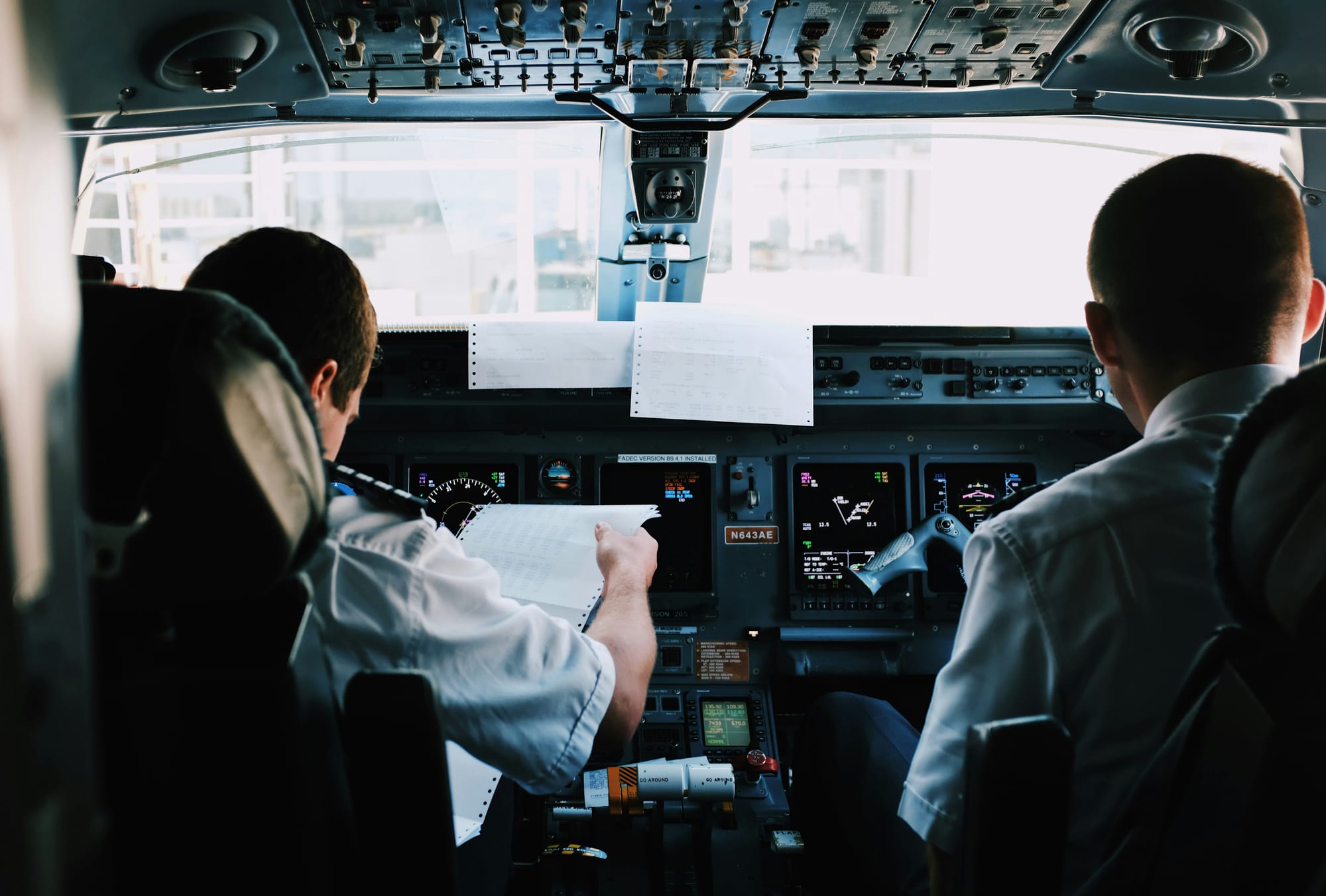
In the realm of aviation, safety is paramount. One of the critical safety measures in place for decades has been the requirement for at least two pilots in the flight deck of commercial aircraft. This practice, while sometimes taken for granted, is essential for ensuring the safety and reliability of air travel. The presence of two pilots is crucial not only for operational efficiency but also for redundancy, which is vital in addressing emergencies and ensuring that no single point of failure can jeopardize a flight.
The Dual Pilot System
Redundancy is a fundamental principle in aviation safety. In the flight deck, having two pilots ensures that if one pilot becomes incapacitated due to medical emergencies, fatigue, or any other unforeseen circumstance, the other pilot can take over the controls. This redundancy is not just a precautionary measure; it is a proven lifesaver. There have been numerous instances where the swift actions of a co-pilot have averted potential disasters when the captain was unable to perform their duties.
For instance, in 2015, during a routine flight from Phoenix to Boston, the captain of the aircraft suffered a medical emergency and passed away. Thanks to the presence of the co-pilot, the plane was safely landed without incident. Such scenarios highlight the indispensable role of having a second pilot who can immediately step in, ensuring the continued safety of the passengers and crew.
Operational Complexity and Shared Workload
Modern aircraft, while equipped with advanced automation systems, still require human oversight. The responsibilities in the flight deck are manifold, including monitoring instruments, communicating with air traffic control, and making real-time decisions based on weather conditions and other variables. Sharing these tasks between two pilots helps to manage the workload more effectively and reduces the risk of human error, which can increase under stress or fatigue.
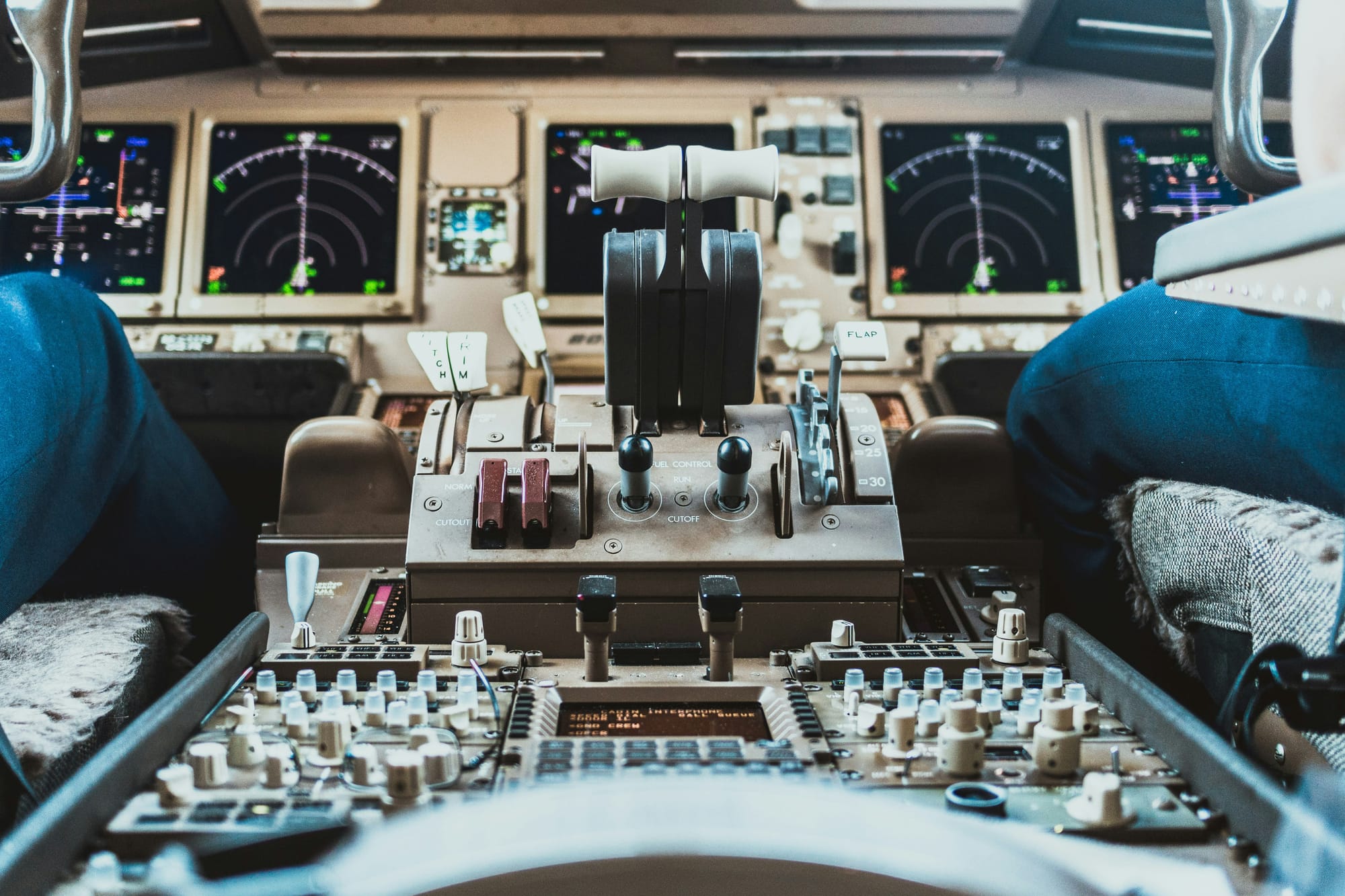
Moreover, in critical phases of flight such as takeoff, landing, and during turbulence, the coordinated efforts of two pilots are invaluable. One pilot can focus on flying the aircraft while the other manages communications and monitors systems. This division of labor enhances situational awareness and decision-making, providing an additional layer of safety.
Concerns Over Single Pilot Operations
Despite the evident benefits of dual pilots, there are ongoing discussions and proposals aimed at reducing the number of pilots in the cockpit to one. Proponents of single pilot operations cite advancements in technology and cost reductions as primary motivations. However, this perspective raises significant safety concerns.
Relying solely on automation and a single pilot eliminates the critical redundancy that two pilots provide. No technology can fully replicate the judgment, experience, and adaptability of a human pilot, particularly in emergencies where quick, innovative thinking is required. The absence of a second pilot means that if the sole pilot becomes incapacitated or overwhelmed, there is no backup, exponentially increasing the risk of catastrophic failure.
A Plea to Regulators
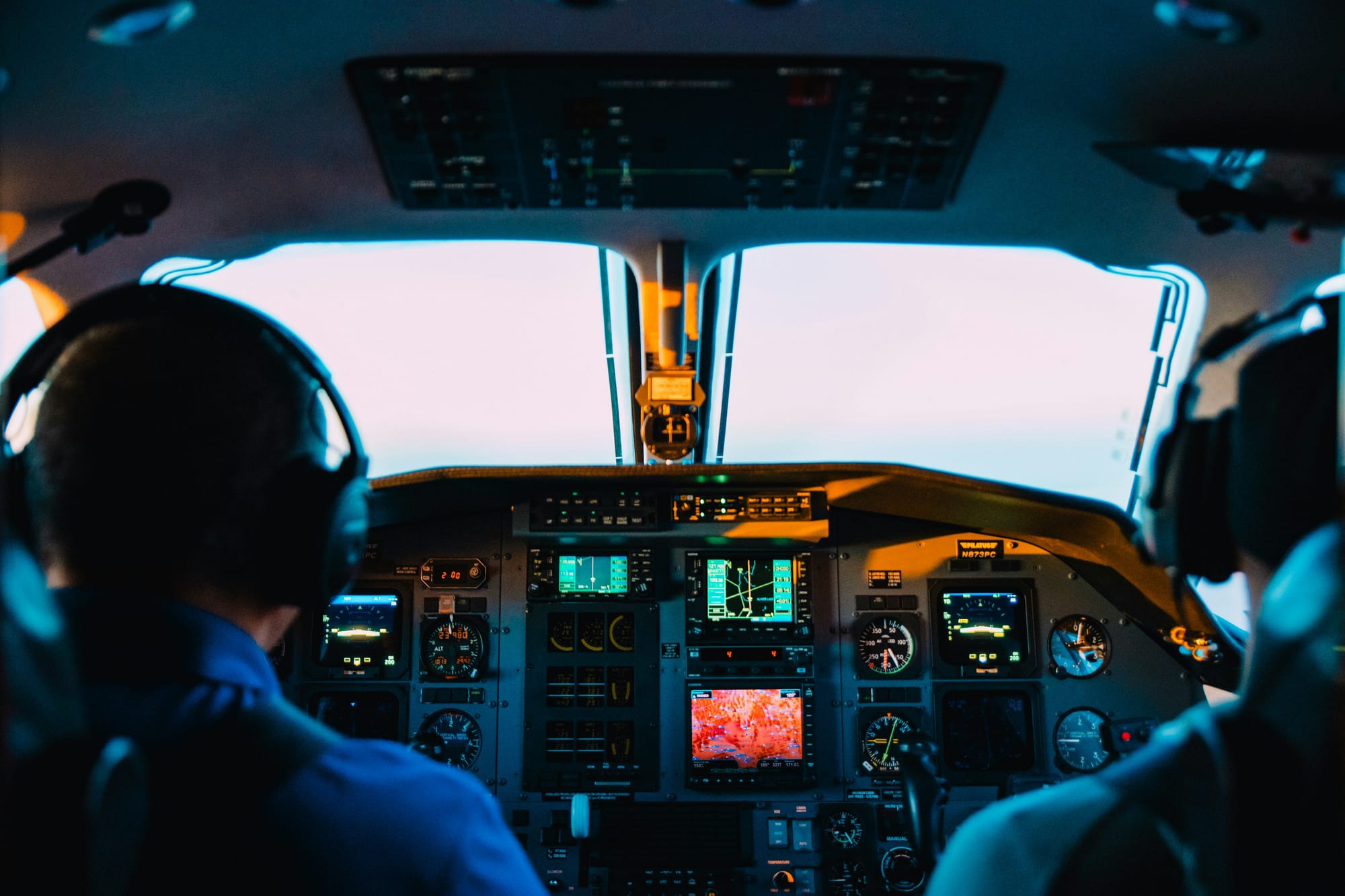
Given the safety implications, it is concerning that some government regulators might consider approving single pilot operations for commercial flights. The drive for efficiency and cost reduction should not come at the expense of passenger safety. The aviation industry has achieved its remarkable safety record through rigorous standards and practices, including the dual pilot requirement.
We urge government regulators and aviation authorities to uphold these standards and prioritize the safety of air travelers. The risks associated with single pilot operations are too significant to ignore. Maintaining at least two pilots in the flight deck is not just a tradition; it is a proven safety measure that has saved countless lives and will continue to do so.
The presence of two pilots in the cockpit is a cornerstone of aviation safety. It ensures redundancy, enhances operational efficiency, and provides a critical safeguard against unforeseen emergencies. As we look to the future of aviation, let us remember the lessons of the past and continue to prioritize safety above all else.


